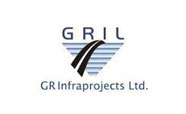- Call: 1800 102 5868
- E-mail: elegant@shakambharigroup.in
Building a home is a precious dream for many. It takes a lot of emotional and financial planning to build a home that will last for a lifetime. Let us guide you through a well-planned construction schedule for building your dream home that you will proudly pass on to your next generations.
The Strong foundation is the most important factor to increase the longevity and safety of your building structure. Here’s a checklist for a strong foundation:
A layout is the marking of boundary lines for digging the foundation. Both layout and excavation work should be done as per the drawing. Find some useful tips as given below:
Termite infestation can weaken the building structure and damage wooden materials. Some useful tips to keep your home free of termites are given below:
It is a temporary structure to support the construction while the concrete work is in progress and to develop the required strength of concrete before releasing the same.
The concrete mix needs to be in the proper ratio and the mixture needs to use within 30 minutes of the preparation time. Mixer machines are required for the best results. The water ratio needs to be proper. Using excessive water weakens the concrete and enhances the cracking potential. Compaction is done with the vertical vibrator. The concrete mix was poured within a height of 1.5 metres maximum to avoid any separation of aggregates. Proper levelling and slope of the roof should be maintained during the placing of concrete to avoid the accumulation of water on the roof.
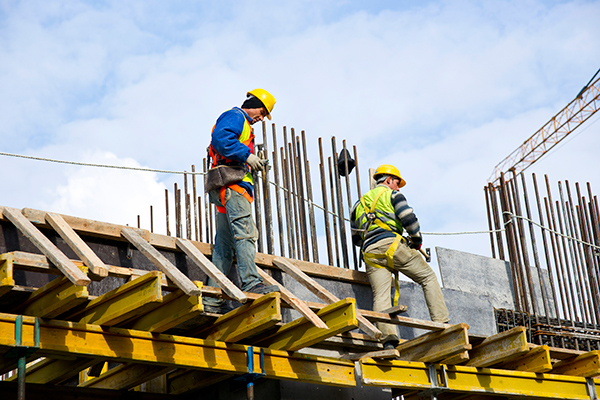
Buildings become safe if the walls are built strong and sturdy. Find the tips below
This has to be done by measuring a few steps comprising of
Use a wooden box of specific sizes for convenient batching and maintain a proper ratio of materials. Always use a mixer machine for the best results. Place all the concrete mix within 30 minutes after preparation. Use water to obtain the required workability. Additional water weakens the concrete and enhances the cracking potential. Use vibrator vertically for proper compaction. Concrete must not be over vibrated. Do not add water during compacting. The concrete should be poured within a height of 1.5 metres maximum to avoid any separation of aggregators. Proper levelling and the slope of the roof should be maintained during the placing of concrete to avoid the accumulation of water on the roof.
The process of maintaining moisture in the concrete is called curing. During the curing process, the concrete hardens and gets maximum strength. Concrete begins to dry after casting therefore curing should start within 12 – 15 hrs of the casting. So, the parts exposed to the environment should be cured before it gets dry. Usually, 14 – 21 days is the proper curing time for concrete slabs and beams.
For flat surfaces like floors, roofs etc., curing should be done by pond formation. For columns, after the shuttering is removed, they must be wrapped with used jute bags that must be kept wet by the intermittent sparkling of water at least 3 to 4 times a day, for 2 to 3 weeks.
Concrete Mix & Water-cement ratio and material requirement for 1 cubic meter concrete
| Concrete Mix | Water & Cement Ratio | Water (Litre) per Bag of Cement | Cement (Bags) | Sand (Cubic Meter) | Aggregates (Cubic Meter) | Steel Rebars (kg) |
|---|---|---|---|---|---|---|
| M25 (1:1:2) | 0.35 | 17.5 | 11.2 | 0.40 | 0.80 | 80-120 |
| M20 (1:1.5:3) | 0.42 | 21.0 | 8.0 | 0.42 | 0.83 | 75-115 |
| M15 (1:2:4) | 0.55 | 27.5 | 6.2 | 0.43 | 0.87 | 70-110 |
Elegant is one of the best TMT Bar Manufacturers in India. It is important to choose the right steel and right positioning to prevent cracking or any destruction of the R.C.C. members. Some useful tips are given below:
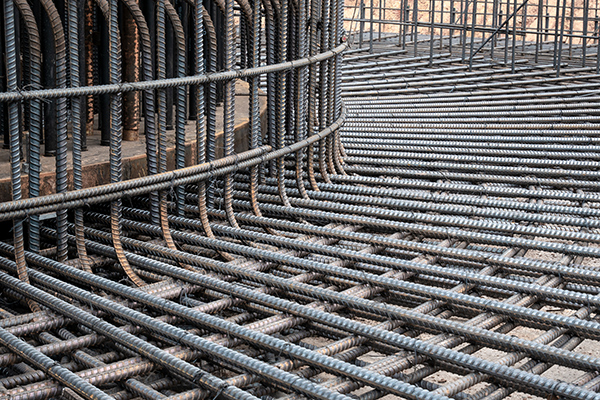
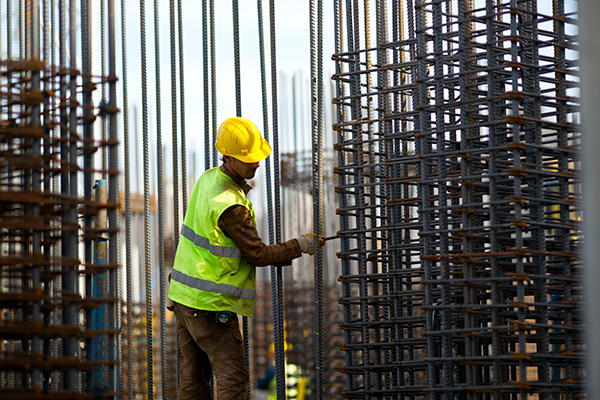
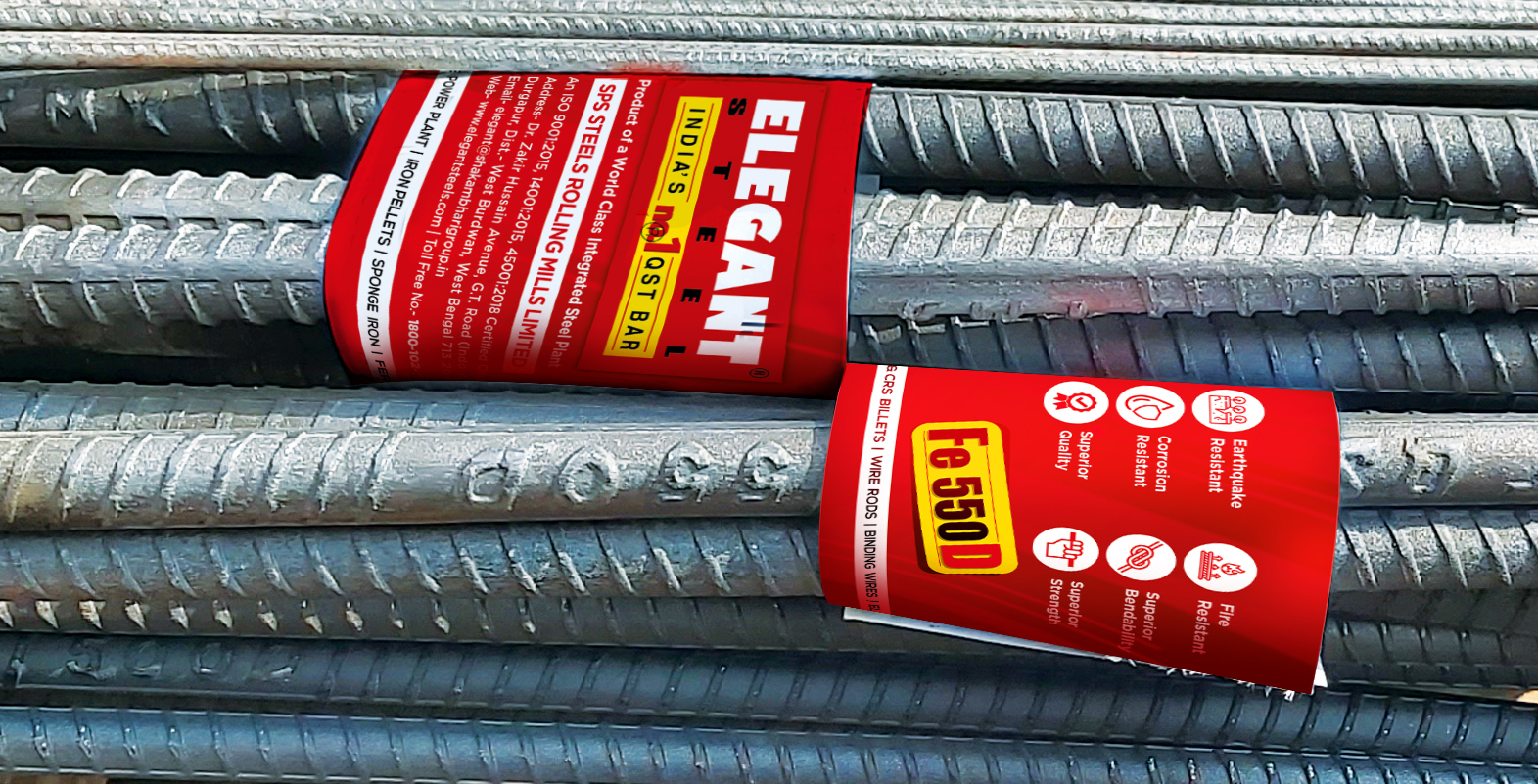
It protects the exposed surfaces and masonry joints from the external environment & provides lateral stability to a wall by binding all bricks or stones together.
In order to safeguard your precious construction, it is highly important to take strict measures to make your house waterproof. Here are various waterproofs techniques that you can follow during the construction and afterwards:
Few Leakage Reasons and their Remedies
| Reasons for leakages/seepages | Remedies |
|---|---|
| Accumulation of water on the roof, etc. | Provide drainage, Maintain slope during concreting |
| Poor quality of construction materials | Procure quality materials as per the guidebook |
| Poor compaction | Use vibrator for compaction |
| Capillary in brickwork | Use damp proof course (DPC) at plinth level |
| Leakage from water retaining structure like water tank etc. | Use waterproofing materials for water retaining structure. Ask expert opinion on waterproofing treatment. |













